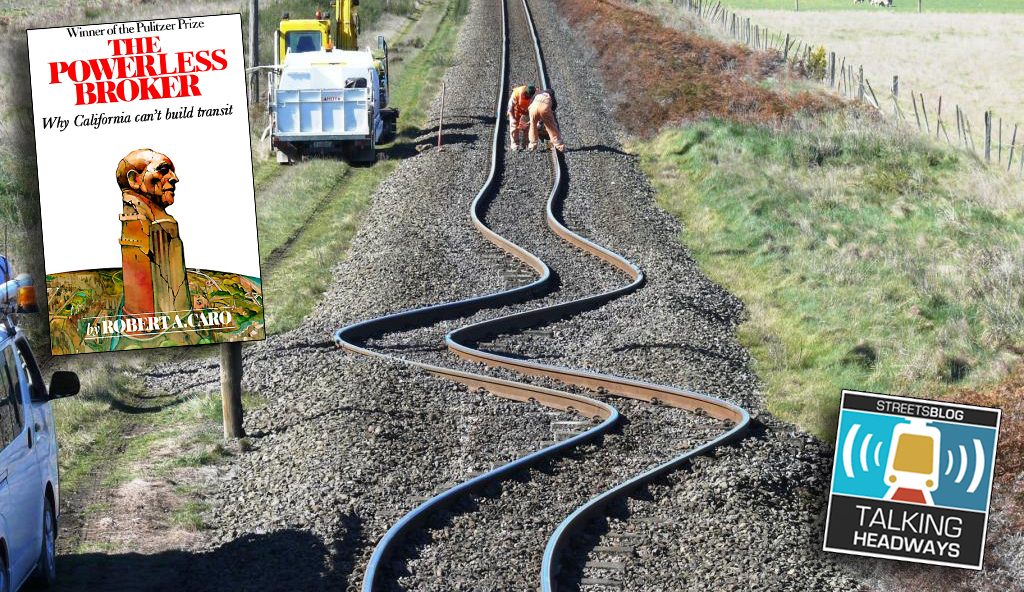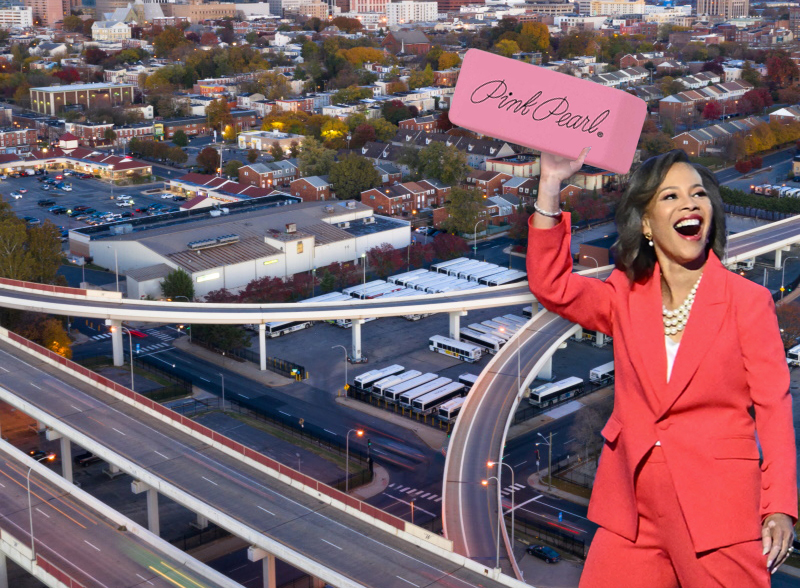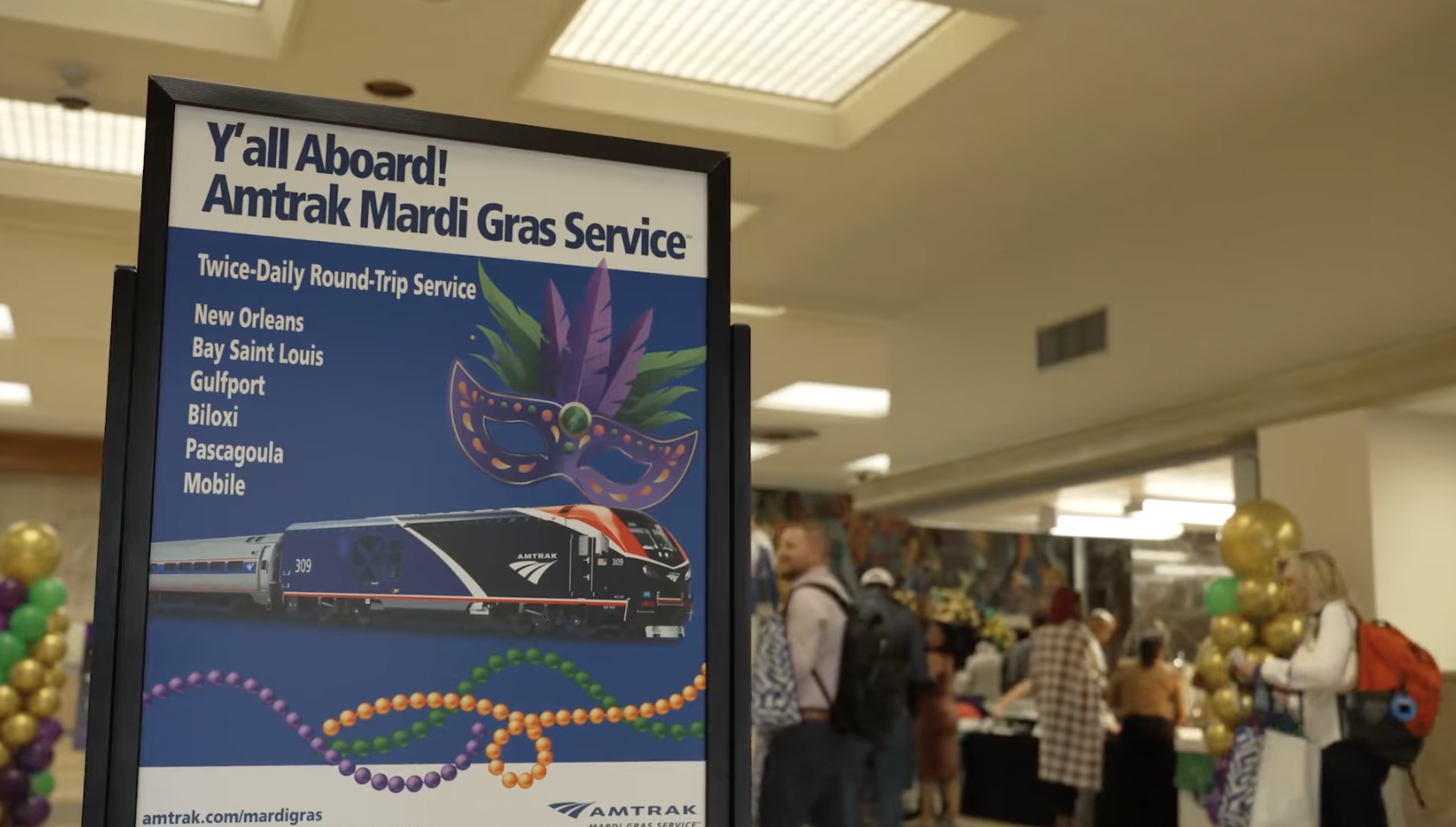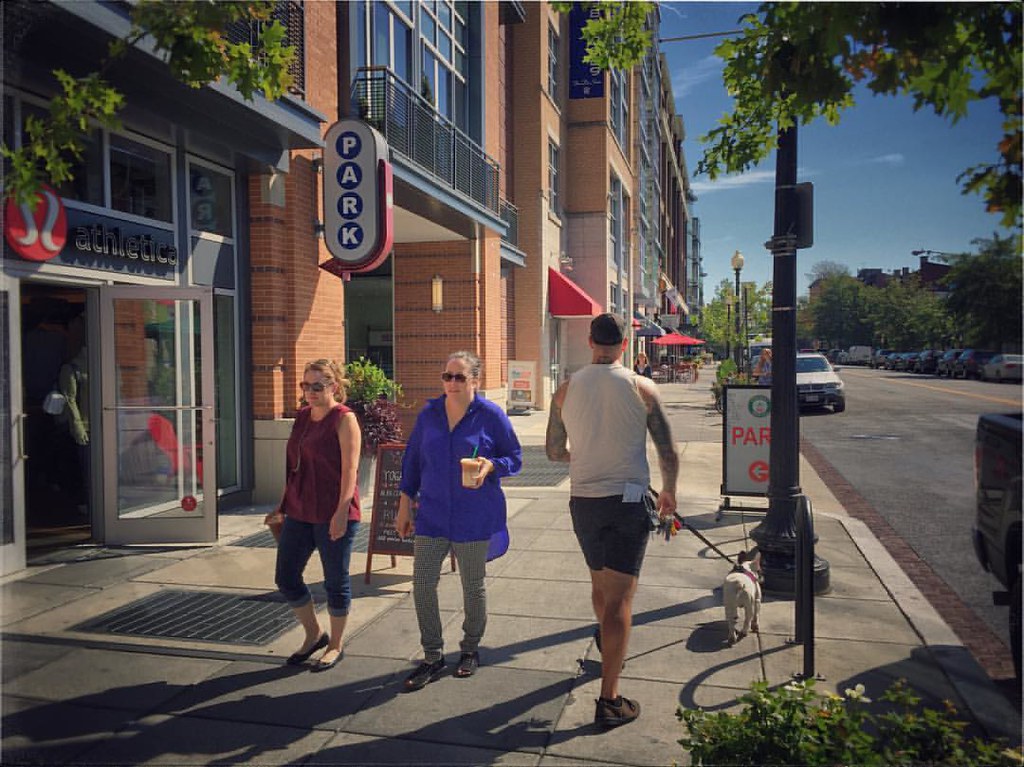This week on Talking Headways, we’re joined once again by Colin Parent of Circulate San Diego to discuss a new report entitled The Powerless Brokers: Why California Can’t Build Transit. We talk about permitting delays and reforms, public sector capacity, and giving transit authorities more authority.
Scroll past the audio player below for a partial edited transcript of the episode — or click here for a full, AI-generated (and typo-ridden) readout.
Jeff Wood: So we can kind of sketch this out in people's minds? What does a building process for transit look like, and what are some of the barriers that pop up when we're going through that process? And some of the barriers, meaning the jurisdictions, the agencies, construction process, etc.
Colin Parent: Yeah, so we included kind of a short summary of how a project gets from conception to the permitting stage.
And you know, it's not just public transit agencies, in California they're almost always elected officials. Sometimes they're directly elected. Sometimes there are representatives of local jurisdictions. They decide on a set of projects. Sometimes the voters decide on the set of projects through ballot measures.
Then when they decide they're gonna go ahead for them, they either do some internal planning or they hire some engineers to help them come up with a concept of the project. They go and do environmental analysis, CEQA, California Environmental Quality Act, or the National Environmental Policy Act.
Then they go and get funding, oftentimes from grants, from state and federal grants. And then they get that all together. Their board of directors says, okay, great. We've got it. We're gonna approve the project. We're gonna issue a request for proposals. We're gonna hire a construction firm, and then now we're gonna go ahead and build.
And I think in the public's imagination, it's like, okay, well they've done all that stuff. It's a whole bunch of public process involved in that, right? All being decided by elected officials. Environmental review, anyone who wants to sue on it, had an opportunity to do that. Now we've settled all those things. Now it's time to build.
But that's actually not. How it works. So you do all that stuff and then the transit agency says, okay, now we're ready to go. Uh, build. Now they have to go through this whole new set of processes where they have to ask for permission to build from all the different agencies and local governments and utility districts through which they wanna build that transit.
And so that may mean a right of way permit. So if a bus line wants to run across [00:16:00] Caltrans right of way on the, the state highway system, they gotta apply for a permit for that. They wanna build a station in the city that it's running in. They gotta get a permit for that. If they wanna do any amount of construction, they have to do a bunch of roadway closure permits and noise permits and all these other things.
And there's just an enormous amount of that kind of activity. And it's not that those things are necessarily bad, like those things should be thought through, but because it's one agency applying for this from another agency, it can create a ton of opportunities for, you know, just bureaucratic delay, but also sometimes bad faith delay too, where you'll have a permitting agency who will hold up a project to extract something from the transit agency and drive up costs and all of that.
Jeff Wood: The exaction and extraction part is particularly frustrating. You have a couple of case studies in the report that talk about this specifically. I'm wondering if you'd tell me a little bit about those.
Colin Parent: Yeah, so the most salient examples are around California high-speed rail. And so high-speed rail, they're conceptualizing it as a, you know, a $100 billion dollar project.
It’s gonna stretch, you know, all across California. And there's a state agency that's in charge of building it. But if they want to pass through any of these small cities in the central California, they have to ask for all sorts of permissions. And one of the real stark, or startling things, is that you have city managers, county executives, those sorts of, you know, leaders in these jurisdictions being incredibly transparent about how they are shaking down high speed rail to get high speed rail to pay for some infrastructure improvements that are really unrelated to the operation of high-speed rail.
There's a variety of, and just like incredible quotes from some of these, the city managers who are saying it. There's one example actually in the office of Inspector General, for the high speed rail report that talk about how there is a, uh, there's this one area where the high-speed rail was planning to build some bridges over their route so that car traffic could move forward.
And as a condition to do that, they also had to build. Bridges over an adjacent rail route that had nothing to do with high-speed rail. It's just completely crazy. An incredible expense that all of us in California are paying for and just to, to the benefit of some small jurisdiction in Central California who probably doesn't want that project to happen anyway.
And that's just a pretty stark example of how this mismatch between negotiating power between transit authorities and some of these permitting agencies can open things up to abuse.






